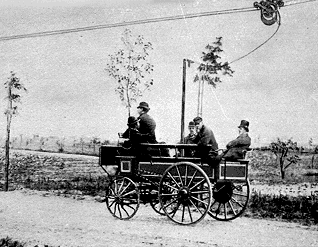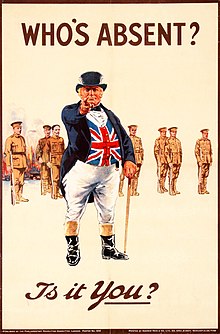 |
| Photograph by Musteroiseau |
The Peace Rose Introduced in US, 1945
The rose's first name was simply 3-35-40. It was a one of a number of experimental roses grown by French horticulturalist Francis Meilland. As the German invasion of France loomed, Meilland feared for his most promising rose, and sent cuttings to acquaintances in Italy, Germany, and the United States. The cutting bound for the United States left on the last plane out of France before the German invasion.The rose was a hit everywhere it was grown, and, due to the lack of communication during the war, it received several names. In Germany, it was called the Gloria Dei ("Glory to God") rose. In Italy it was named the Gioia ("Joy"). In America it was called the Peace Rose. Meilland himself named it the Madame A. Meilland, after his mother. Madame A. Meilland is its formal cultivar name.
In the United States, the ceremonial introduction of the Peace Rose took place in the first annual rose show of the Pacific Rose Society, in Pasadena, California. Two white doves were released into the air as a symbol of Peace. The event took place, coincidentally, on the same day as the fall of Berlin, considered to mark the end of World War II.
The rose is a hybrid tea rose with yellow tones. Today it is the most popular rose in the world, and it is estimated that between 350,000 and 500,000 Peace Roses are grown annually.
 |
| The Elektromote |
The Elektromote Demonstrated, 1882
The Elektromote was the first electric trolleybus, and its invention is certainly much earlier than I would have expected. It was presented to the public on April 29, 1882 by its inventor, Dr. Ernest Werner von Siemens, in Halensee, Germany.In case you're wondering what the difference is between a trolley (also called a trolleybus or trackless tram) and a streetcar, it's all to do with the way the electrical circuit is completed. A trolley uses two overhead wires and two poles to complete an electrical circuit. A streetcar (or tram) uses the track as the return part of the circuit, and thus needs only one overhead wire and pole.
Trolleybuses are far less popular than they used to be, but at least 315 cities still use them. In the United States they are now in use in Boston, Philadelphia, San Francisco, Seattle, and Dayton.
 |
| John Arbuthnot |
John Arbuthnot's Birthday, 1667
John Arbuthnot was a literary man about London in the 17th century. He was a physician, a satirist, and an expert in many fields. As a friend of Jonathan Swift and Alexander Pope, he is thought to have inspired some of the works of both authors. He was known to have provided "hints" to his acquaintances -- suggestions for satires, essays, or other literary endeavors.Arbuthnot's most enduring legacy, however, is his creation of the character John Bull. John Bull is now accepted as the national personification of Great Britain, just as Uncle Sam is the personification of the United States. John Bull is usually depicted as a stout, middle-aged man, usually wearing some form of the Union Jack in his clothing.
 |
| John Bull |
If we don't know too much about Arbuthnot's life, it's really not our fault. He was extremely reluctant to leave any records of his life at all, fearing what would be made of them in a posthumous biography. At the time, recently deceased authors were made the targets of quickly written and notoriously inaccurate biographies, produced by booksellers in order to publicize the dead author's books. The worst of these booksellers was Edmund Curll, who would actually hire writers to make things up if an adequately sensational biography could not be obtained otherwise. Of him, Arbuthnot said, "Biography is one of the new terrors of death."
No comments:
Post a Comment